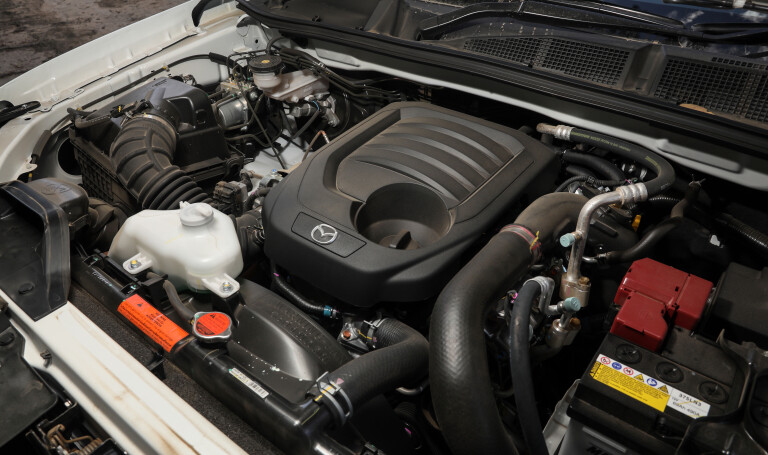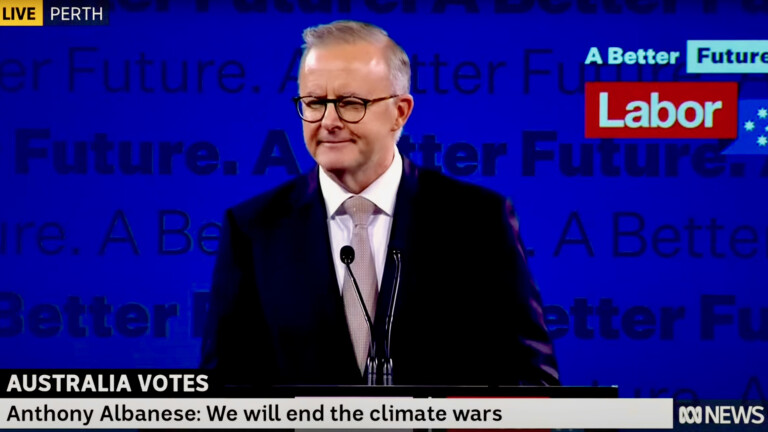
I recently wrote that we have reached the peak of automotive diesel technology and, from this point in time, car manufacturers won’t be investing money to develop next-generation diesel technology, even if they do spend money on tweaking and adapting current diesel technology to give it a little more commercial life.
Judging from the reader comments that followed, this was taken to mean that current diesel technology is crap (which is clearly not the case especially in terms of performance, refinement and economy) or that you won’t be able to buy a diesel as of tomorrow. Please!
Exactly how long diesel cars, diesel 4x4s included, will be available from new will vary from market to market. More affluent markets such as those in Western Europe, North America and in parts of East and South-East Asia will be the first to see diesels disappear from new-car showrooms, while diesels will most likely be available for a longer time in less developed markets such as those found in Africa, Middle East, Central Asia and South America.

Much, if not all, will depend on exhaust-emissions legislation and how vigorously various governments pursue tighter standards that relate to the same. Some countries push hard on this, others don’t.
As in other democratic countries, in Australia this also takes on a political slant, as the different sides of politics typically approach the implementation of exhaust emissions standards from different directions, which throws in another level of uncertainty.
Right now in Australia new diesels have to meet Euro 5 emissions standards, even though many new diesels sold here already meet Euro 6. These standards, as the names suggest, have been developed by the European Union and adopted in Australia as a matter of expediency.
If the original schedule for Euro 6 set out by the previous federal Labor government was implemented, it would be in place now. As it is, the just-ousted LNP government pushed it back and it’s still effectively in limbo
In broad terms, Euro 5 typically means a diesel particulate filter (DPF) while Euro 6 typically means both a DPF and selective catalytic reduction (SCR), a technology that involves the use of exhaust-system additives such as AdBlue.
Euro 5 is designed to reduce the soot in diesel exhaust emissions, while Euro 6 breaks down dangerous NOx emissions. Euro 5 doesn’t, however, legislate the use of DPFs, just as Euro 6 doesn’t legislate the use of AdBlue. These two measures are simply the industry-wide answer to achieving the legislated maximum levels of these pollutants in exhaust gas.
The Euro 5 diesel standard was phased in here from 2013 and fully implemented from 2016, while Euro 6 is still pending. If the original schedule for Euro 6 (set out by the previous federal Labor government) was implemented, it would be in place now. As it is, the just-ousted LNP government pushed it back and it’s still effectively in limbo. With a recent change in government in Canberra, though, this may change again.

The different diesel emission standards in place around the world, combined with the fact that they are evolving at a pace that’s in part predictable but also subject to volatile outside influences, makes life very hard for the automotive industry to plan ahead, especially given the long lead times needed to develop the particular technologies required to meet new standards.
There’s also the need for a critical mass of countries to provide sufficient weight of commercial viability for any model employing a particular engine. No manufacturer will produce a model that can only be sold in a small market if it’s not commercially viable. So what you may or may not be able to buy in Australia or elsewhere will not just depend on local regulations.

COMMENTS